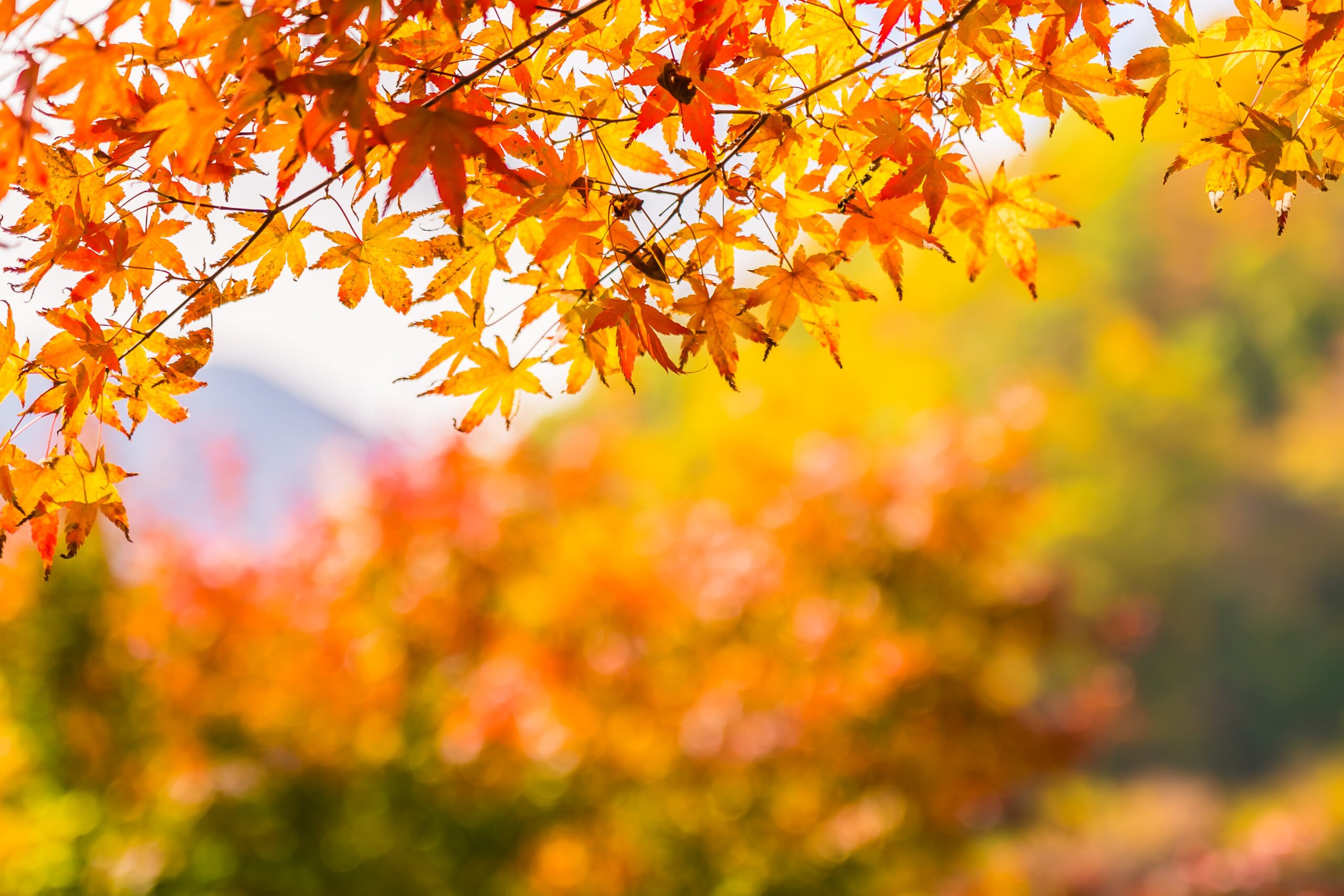
As autumn paints the world in shades of red and gold, gardeners across the land prepare for the seasonal transition. Fall gardening offers a unique set of challenges and opportunities, and getting it right can make all the difference for your garden’s health and beauty in the seasons to come. However, there are some common fall gardening mistakes that even experienced gardeners can fall victim to. In this comprehensive guide, we will explore these pitfalls and provide you with valuable insights and fall lawn care tips to ensure your garden thrives during this crucial time of year.
1. Clear-Cutting the Perennial Bed
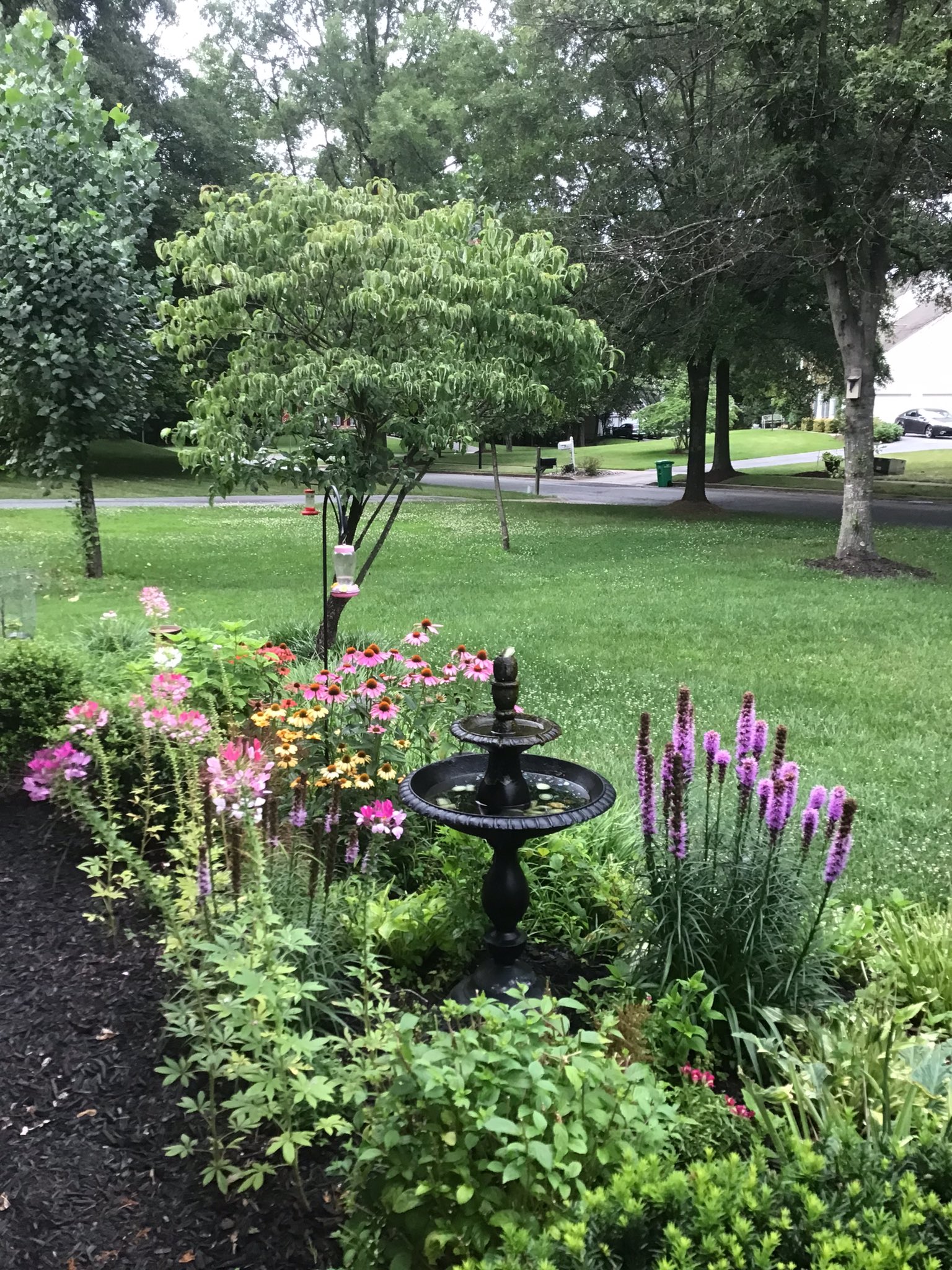
As the fall season approaches, it’s tempting to engage in a thorough cleanup of your perennial beds. After all, who doesn’t want a tidy garden to greet the winter months? However, this is a common fall gardening mistake that can have long-term consequences.
The Benefits of Leaving Perennials Intact
Leaving the dead perennial flowers and plant material in place can offer numerous benefits to your garden’s health. These leftover stems, leaves, and grasses act as a natural layer of protection, shielding the underlying plants from harsh winter conditions. They also collect and retain leaves from nearby trees, adding an extra layer of insulation to your garden beds.
Furthermore, perennial plant material provides vital winter cover for beneficial insects, including native bees that nest in hollow reeds found in grasses and perennials. In addition to this, the seed heads of perennials serve as a crucial food source for birds, whether they’re wintering over or preparing for migration.
So, instead of clear-cutting your perennial bed, consider letting nature take its course this fall. Your garden will thank you with increased biodiversity and better protection from the elements.
2. Retaining Plant Residue within the Vegetable Garden.
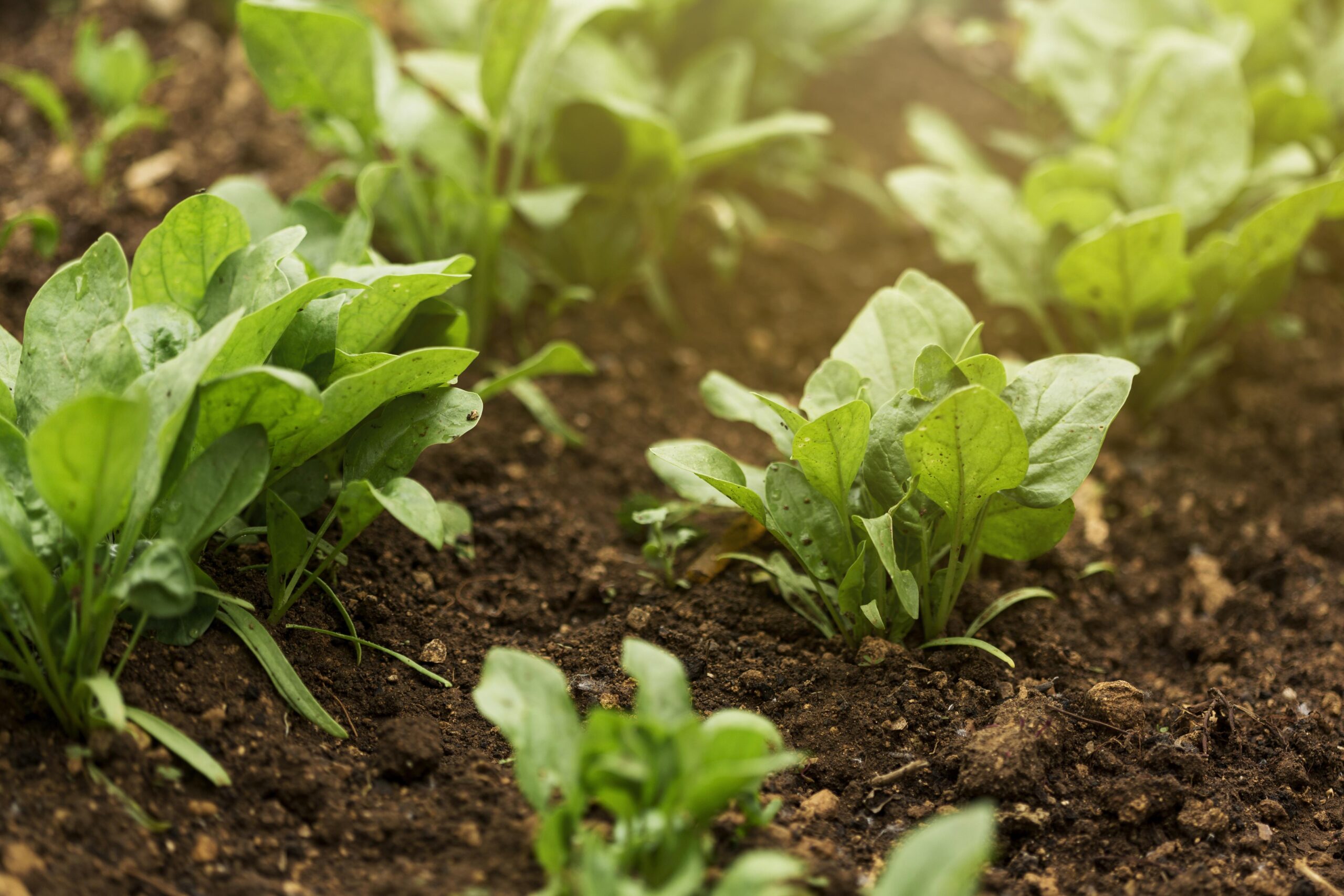
In contrast to perennial beds, vegetable gardens often require a different approach during fall garden cleanup. While it’s essential to clear out dead plant material, leaving plant debris in the vegetable garden can be a common mistake.
Insect Pests and Diseases
Vegetable gardens are particularly susceptible to insect pests and diseases, and many of these can survive the winter in plant debris. To prevent the carryover of pests and diseases to the next growing season, thorough cleanup is essential.
Remove all dead or diseased plants, as well as any fallen fruit or vegetables. Consider adding these materials to your compost pile, provided your compost reaches a high enough temperature to kill pathogens and pests. Additionally, consider rotating your crops to new locations in the garden come spring to disrupt the life cycle of pests and diseases.
3. Pruning in Fall

Fall is often viewed as a convenient time for garden maintenance tasks, including pruning. However, pruning in fall can be a fall gardening mistake that affects next year’s growth.
Spring Buds at Risk
Many woody plants, including lilacs, forsythias, viburnums, hydrangeas, and more, have already set their buds for the following spring by the time fall arrives. Pruning during this time can inadvertently remove these buds, leading to reduced flower or fruit production in the coming spring.
Some plants, such as fruit trees and roses, may respond to fall pruning by pushing out new growth, which can be vulnerable to cold injury when exposed to frost or snowpack. To avoid these issues, it’s essential to research the preferred pruning seasons for your specific plants or consult a certified arborist for guidance.
4. Failing to Protect Trees From Wildlife
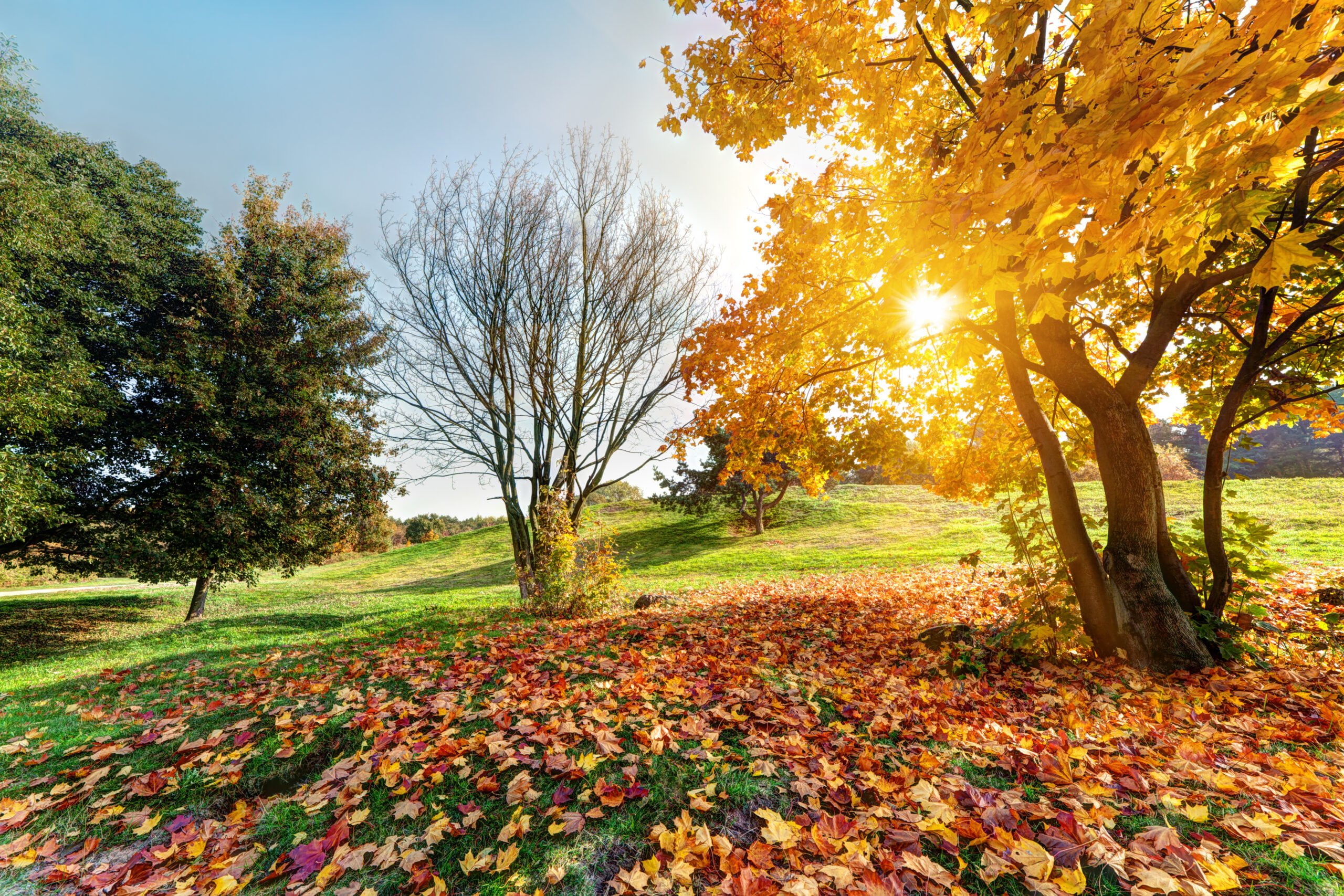
As fall turns into late winter, young trees can become vulnerable to wildlife threats. Bucks, in particular, rub their antlers on the trunks of young trees. Initially, they do this to remove the velvet that has been growing there all summer, later to mark their territory during the breeding season, and finally, to shed their antlers. Unfortunately, this rubbing can quickly girdle a tree, stripping it of the layers that carry food from roots to leaves.
Preventing Wildlife Damage
To protect your young trees from wildlife damage, consider the following strategies:
- Pound three or four posts into the ground around the tree, no more than 18 inches apart, to keep deer from getting their antlers in close enough for a good rub.
- Add chicken wire or wrap the trunk with plastic tubing to deter hungry rabbits from nibbling on the tree’s bark.
- Ensure that your protective measures are tall enough to deter wildlife when there’s snow on the ground.
By implementing these protective measures, you can safeguard your young trees and help them thrive.
5. Leaving Full-Size Leaves on the Lawn
Fall leaves are valuable resources in the garden. They enrich the soil, retain moisture, insulate roots, provide cover for overwintering insects, and serve as food for birds. However, there’s one place where leaving full-size leaves can be a fall gardening mistake – your lawn.
Turfgrass Concerns
Leaving a thick layer of full-size leaves on your lawn during the winter can lead to several issues. It can smother the grass, creating bare spots where weeds like crabgrass, foxtail, purslane, and spurge can take hold. Additionally, it can hinder the growth of beneficial flowering plants in your lawn, such as clover.
To prevent these problems, rake the leaves from your lawn and either move them to garden beds or add them to your compost pile. If the layer of leaves isn’t too thick, you can also mow over them a few times until they’re finely mulched. This way, they’ll break down more easily and add valuable organic matter to the soil.
6. Dividing Perennials Too Soon or Too Late
Dividing perennials is a common practice to rejuvenate and propagate these plants. However, timing is crucial when it comes to this fall gardening task. Dividing perennials either too soon or too late can affect their success.
The Right Window
Some perennials, like hostas, daylilies, Oriental poppies, phlox, and purple coneflowers, form clumps as they grow. Eventually, overcrowding can lead to reduced blooming and even the death of plants in the middle of these clumps.
The right time to divide these perennials is after summer’s heat has passed but early enough to allow new plants to establish before winter. A general rule of thumb is to aim for at least six weeks before the first frost. Applying a layer of mulch after dividing can also help protect newly established roots during the winter months.
7. Letting Cool-Season Weeds Go
As the gardening season winds down and fatigue sets in, it’s tempting to believe that winter will take care of any cool-season weeds that have emerged in your garden beds. However, allowing these weeds to thrive can be a common fall gardening mistake.
Cool-Season Weeds’ Quick Life Cycle
Many cool-season weeds have a short life cycle, meaning they can go from seed to plant to flowering and seeding again in a very brief period. Even if winter’s cold temperatures kill off the weeds you see now, their offspring will be ready to emerge next year and beyond.
To prevent these weeds from becoming a persistent problem, it’s worth your time and effort to remove them before they have a chance to set seed.
8. Overcrowding Plants in the Fall Garden

Planting too densely, a common fall gardening mistake can have detrimental effects on your garden’s health and productivity. While it might seem like a way to maximize space or create an instantly lush appearance, overcrowding plants can lead to several problems that impact the well-being of your garden. Overcrowding also leads to increased competition among plants for essential resources, including sunlight, water, and nutrients. In such a crowded setting, plants struggle to access these resources, leading to stunted growth and diminished vigor. Weakened plants are more susceptible to pests and diseases, further compounding the garden’s problems.
Remedies for Overcrowding Plants
- Proper Spacing: Follow recommended plant spacing guidelines provided on seed packets or plant labels. This ensures that each plant has sufficient room to grow and receive adequate sunlight and airflow.
- Thinning: If you’ve already planted too densely, consider thinning out the excess plants. Carefully remove the weakest or most crowded specimens, leaving the healthiest and most robust ones in place.
- Transplanting: If you have overcrowded perennials, you can transplant them to other areas of your garden or give them away to friends and neighbors. This not only reduces overcrowding but also expands your garden’s diversity.
- Regular Pruning: Stay vigilant with pruning to control the size and shape of your plants. Prune away any branches or foliage that block sunlight and inhibit airflow. This practice helps maintain a healthier garden environment.
- Adequate Watering and Nutrient Management: Ensure that your plants receive the appropriate amount of water and nutrients. Overcrowded plants can compete for these resources, so it’s crucial to provide them with what they need to thrive.
- Crop Rotation: In vegetable gardens, practice crop rotation to prevent the buildup of soil-borne diseases. Avoid planting the same crop in the same spot year after year.
- Plant Disease-Resistant Varieties: Whenever possible, choose plant varieties that are known to be resistant to common diseases prevalent in your area. This can reduce the risk of disease outbreaks in your garden.
9. Being Too Hard on Yourself
Gardening is an ever-evolving journey, and every season offers new challenges and opportunities. It’s essential to remember that making mistakes is part of the process, and it doesn’t mean you lack a green thumb. It’s simply an opportunity to learn and grow.
Embracing the Lessons
Gardens are dynamic, and they change with time and care. Whether you’ve made one of the common fall gardening mistakes mentioned above or encountered other challenges, don’t be too hard on yourself. Instead, embrace the lessons you’ve learned and use them to enhance your gardening skills.
10. Ignoring Bulb Planting
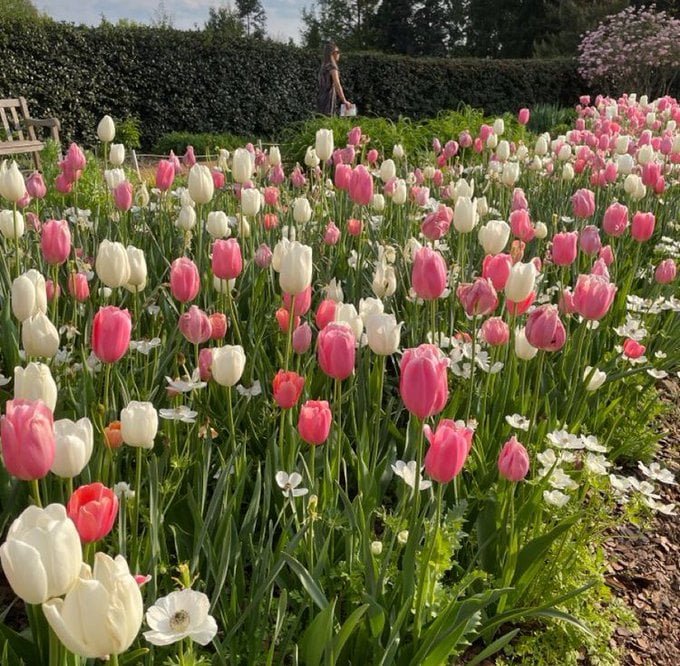
Ignoring or delaying the planting of spring-flowering bulbs can have a profound impact on the quality and quantity of blooms in your garden when the warmer months arrive. These bulbs, such as tulips, daffodils, and crocuses, rely on a well-timed planting in the fall to develop strong root systems and thrive during the spring.
Consequences of Late or Ignored Planting
- Fewer Blooms: Bulbs planted late in the fall or early winter may not have sufficient time to develop strong roots and store enough energy. As a result, they may produce fewer flowers or none at all in the spring.
- Smaller Blooms: Bulbs that are planted late often produce smaller and less vibrant blooms. Without a well-established root system and adequate energy reserves, the flowers may appear stunted and less impressive.
- Delayed Flowering: Late-planted bulbs may not flower at the expected time in the spring. They might bloom later than desired or fail to bloom altogether.
Remedies and Best Practices
To ensure your spring-flowering bulbs grace your garden with a stunning display, follow these best practices:
- Plant on Time: Research the specific planting times for each type of bulb in your region. Typically, bulbs should be planted in the fall before the ground freezes, allowing several weeks for root development.
- Proper Depth: Plant bulbs at the recommended depth, typically two to three times the bulb’s height. This ensures they are adequately insulated and protected during the winter.
- Well-Drained Soil: Bulbs prefer well-drained soil to prevent rot. If your soil has poor drainage, consider raised beds or amending the soil with organic matter.
- Fertilize Appropriately: Apply a balanced fertilizer when planting to provide bulbs with essential nutrients for growth.
- Mulch for Insulation: After planting, apply a layer of mulch to insulate the soil and help maintain a consistent temperature.
- Regular Watering: Ensure bulbs receive adequate moisture, especially during dry spells in the fall. Adequate hydration is crucial for root development.
In conclusion, fall gardening is a rewarding endeavor that requires careful planning and attention to detail. By avoiding these common fall gardening mistakes and following the fall lawn care tips provided, you can ensure a healthy and vibrant garden that thrives through the autumn season and beyond. Remember, gardening is a journey, and each mistake is an opportunity to grow as a gardener. So, embrace the beauty of fall and the lessons it brings to your garden.
